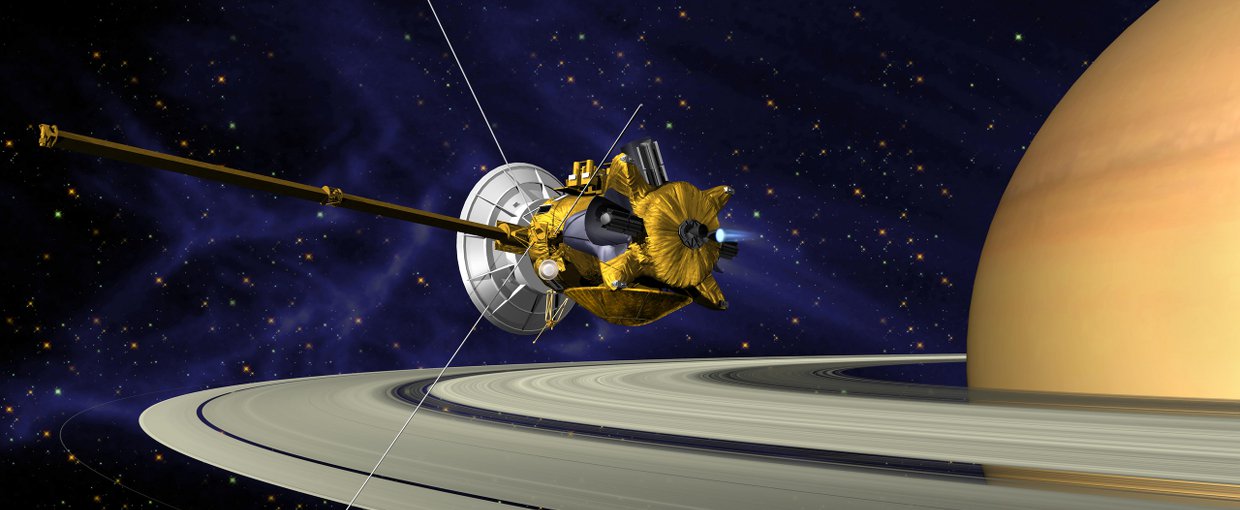
A recent study has reported observations of ice grains containing organic material with molecular masses above 200 atomic mass units in plume ejecta from Saturn’s moon Enceladus. Previous observations of Enceladus’ plumes had found evidence of organic compounds with masses below 50 atomic units. The researchers involved in the study believe that the findings could indicate the presence of a thin organic-rich film on the top of Enceladus’ oceanic water table. The study was performed using mass spectrometry data from NASA’s Cassini spacecraft.
The paper, “Macromolecular organic compounds from the depths of Enceladus,” was published in the journal Nature. The work was supported through NASA’s Habitable Worlds Program. The NASA Astrobiology Program provides resources for Habitable Worlds and other Research and Analysis programs within the NASA Science Mission Directorate (SMD) that solicit proposals relevant to astrobiology research.
